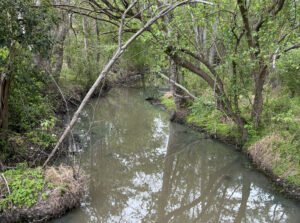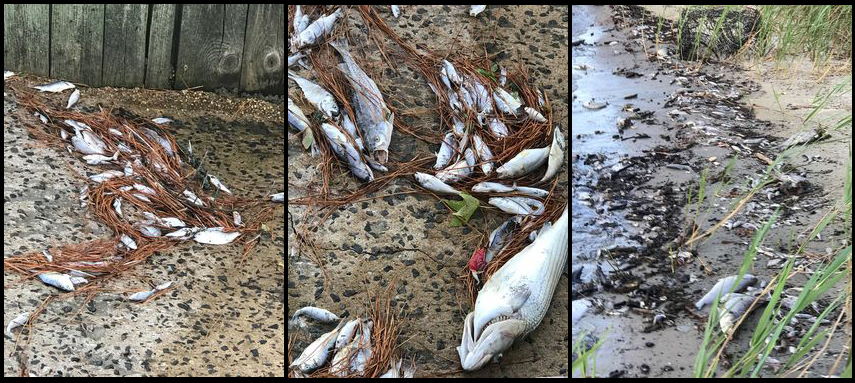News
NCDEQ warns swimmers to stay out of blue-green water on the Pamlico
Posted on September 3rd, 2021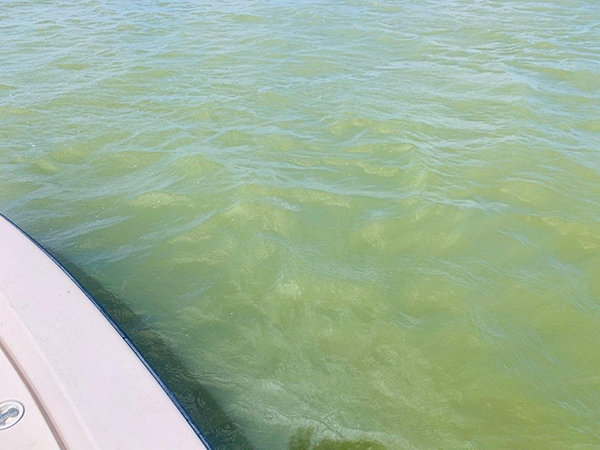

From North Carolina Department of Environmental Quality
RALEIGH – N.C. Department of Environmental Quality, Division of Water Resources, advises the public to avoid contact with green or blue water in the Pamlico River due to an algal bloom and related fish kill that has lingered in the area since August 30, 2021.
The bloom has been observed along the southern shoreline of the Pamlico River from Blounts Bay to Aurora. Counties currently affected include Beaufort. Algal blooms tend to move due to wind and wave action.
DWR has investigated the bloom and determined it is dominated by Pseudanabaena, which belongs to the algal group cyanobacteria (also known as blue-green algae). Cyanobacteria blooms usually appear bright green but when a bloom starts to decay, the color can change to a milky blue. Decaying algae may produce a strong, foul odor that can impact a large area.
Pseudanabaena can produce microcystin, an algal toxin that may cause adverse health effects in humans and pets. A rapid test did not detect the presence of microcystin in this bloom. However, toxin production is dynamic and can change rapidly over time and location. Further testing is underway, and results will be reported on DWR’s Algal Bloom Dashboard as soon as they are available.
North Carolina has had no reports of adverse health effects in people associated with this algal bloom.
N.C. Department of Health and Human Services, Division of Public Health (DPH) routinely encourages the public to avoid contact with large accumulations of algae and to prevent children and pets from swimming or ingesting water in an algal bloom.
DPH suggests the following steps to safeguard against algal blooms:
- Keep children and pets away from water that appears bright green, blue, discolored, or scummy.
- Do not handle or touch large mats of algae.
- Avoid handling, cooking, or eating dead fish that may be present.
- If you come into contact with an algal bloom, wash thoroughly.
- Use clean water to rinse off pets that may have come into contact with an algal bloom.
- If your child appears ill after being in waters containing an algal bloom, seek medical care immediately.
- If your pet appears to stumble, stagger, or collapse after being in a pond, lake, or river, seek veterinary care immediately.
To report an algal bloom, contact the nearest DEQ regional office or submit a report online. To view reported algal bloom events, visit DWR’s Fish Kill & Algal Bloom Dashboard.
To learn more about algal blooms, visit the DWR website. For more information on the potential health effects from algal blooms, visit the DPH website.
Fish kill photos taken at Aurora Beach on Friday.
Related News
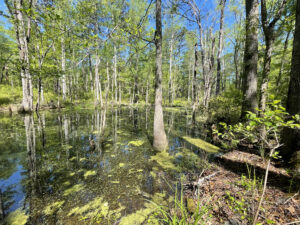
Tell NC to restore wetlands protections!
April 19th 2024
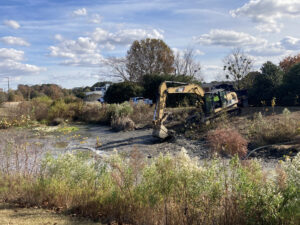
Position available: Stormwater Education Coordinator
April 18th 2024
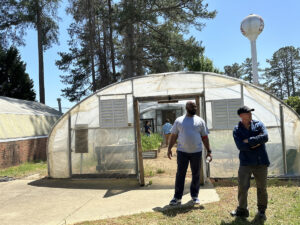
Southern Nash next in line for stormwater projects
April 18th 2024
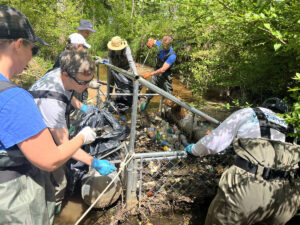
Xylem, Sound Rivers team up for cleanup
April 18th 2024
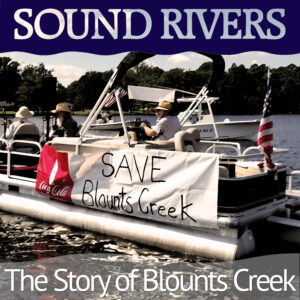
Sound Rivers launches new podcast
April 18th 2024
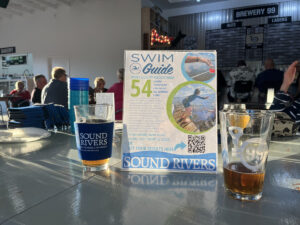
Swim Guide gearing up for a seventh season
April 11th 2024

Feedback needed for Jack’s Creek plans, projects
April 11th 2024

Pamlico-Tar Riverkeeper talks water quality
April 11th 2024
